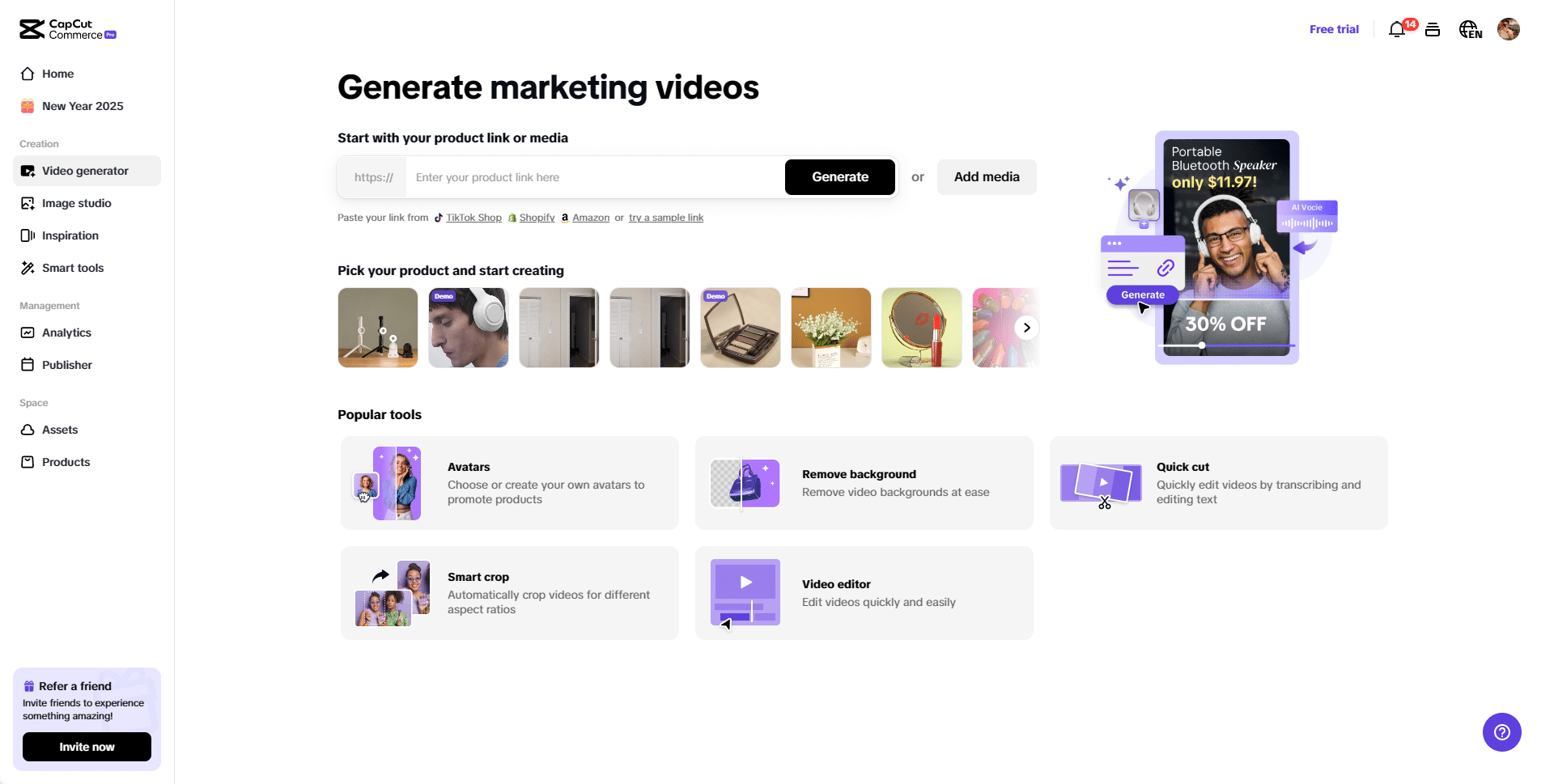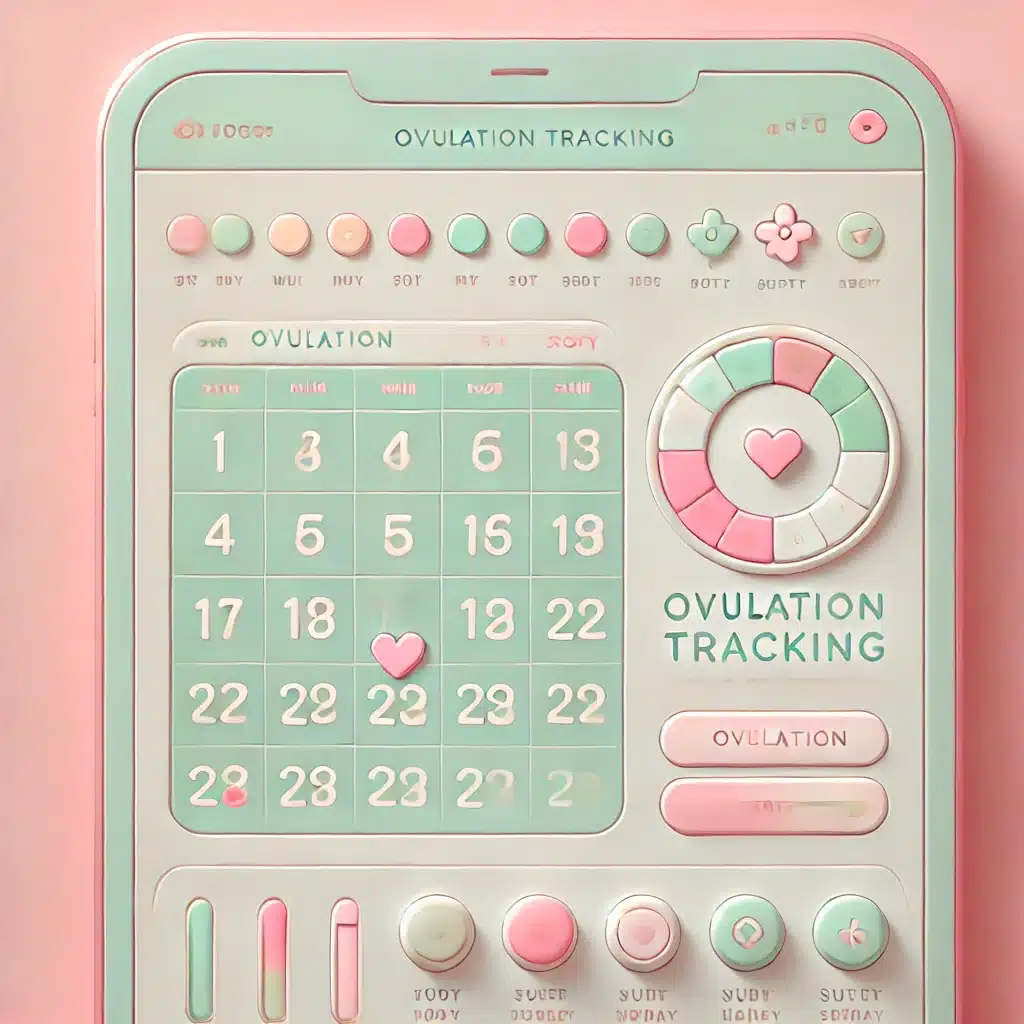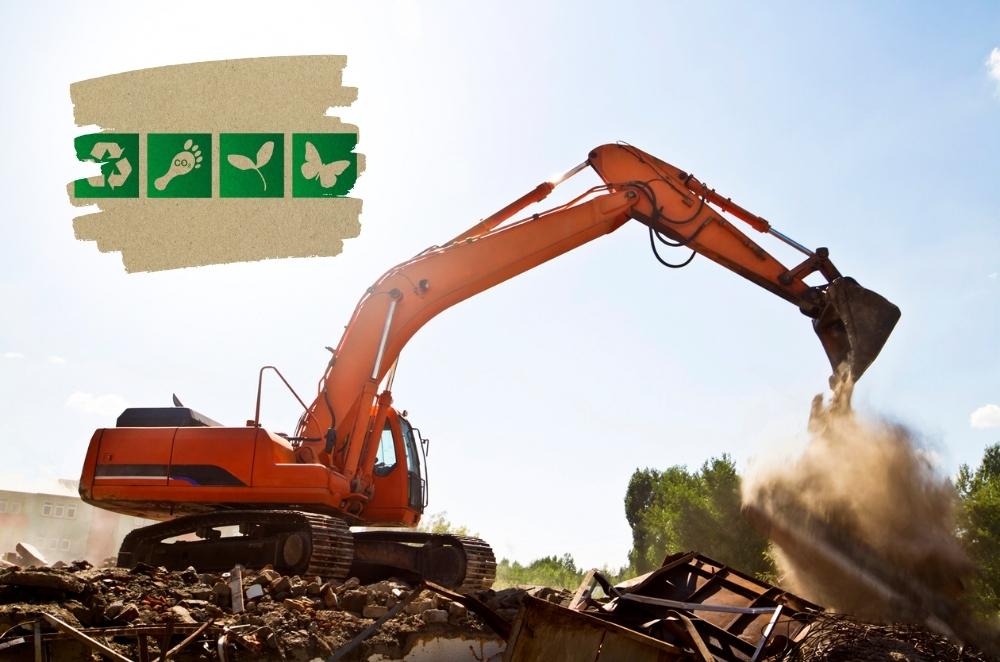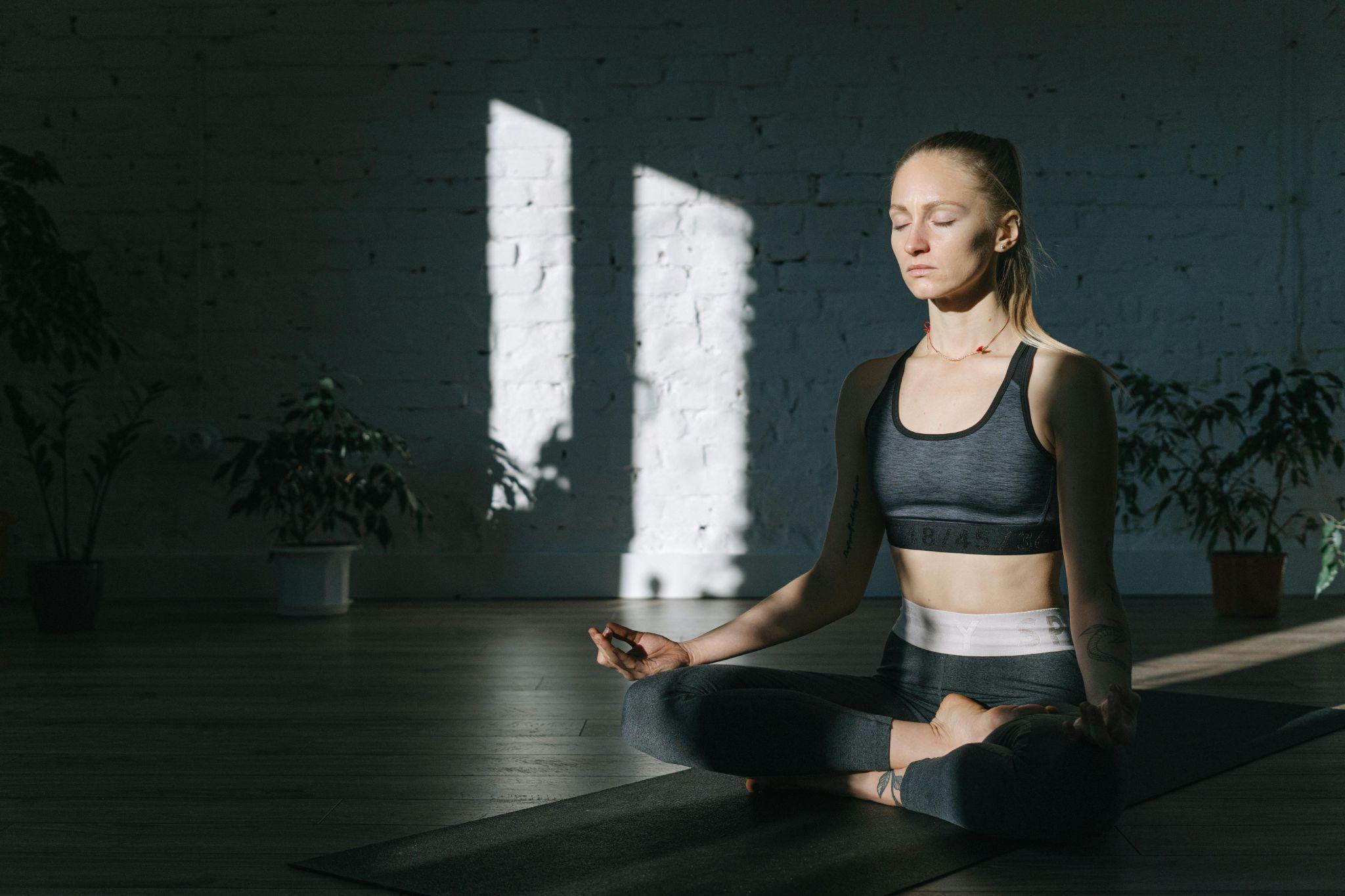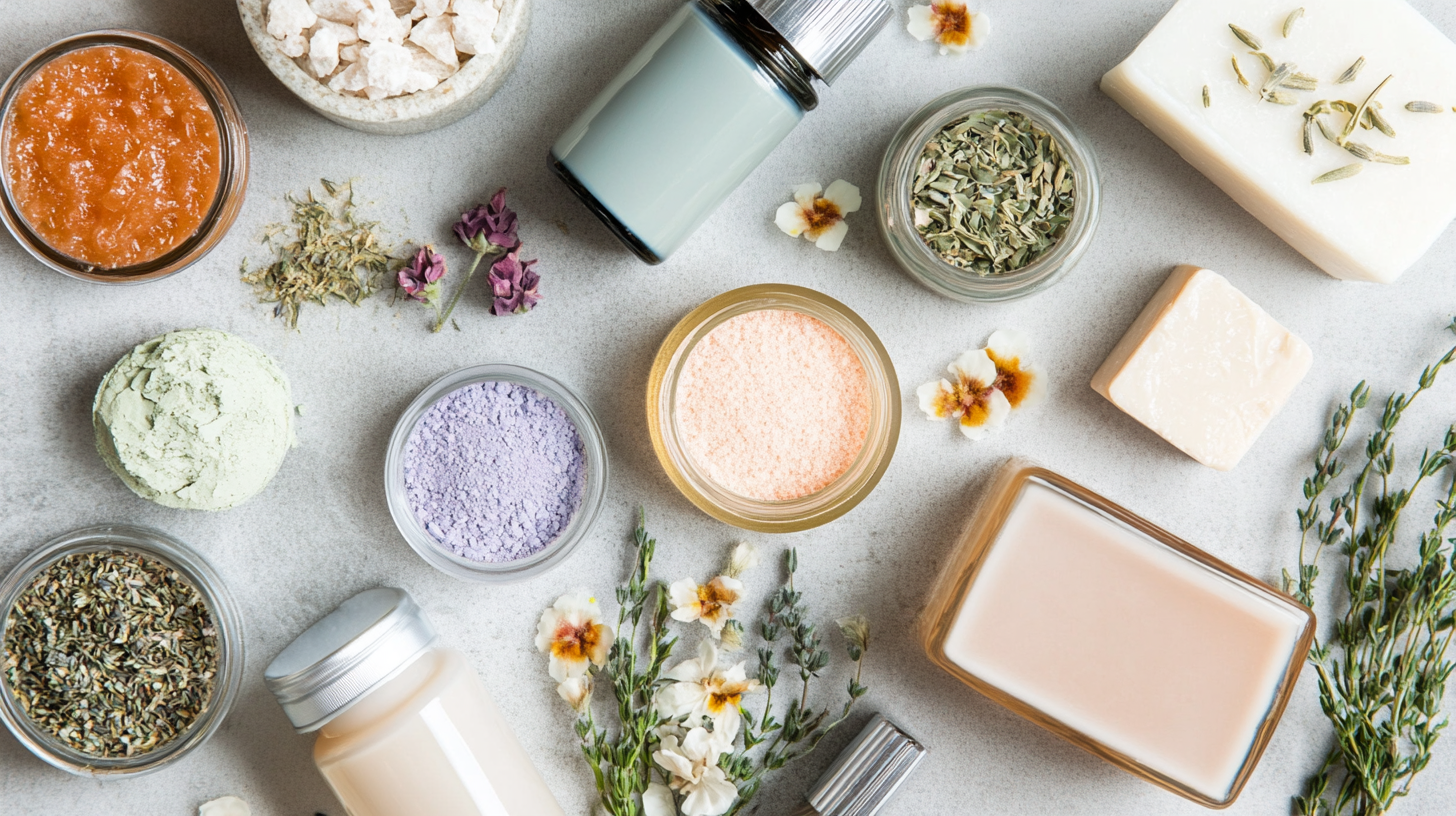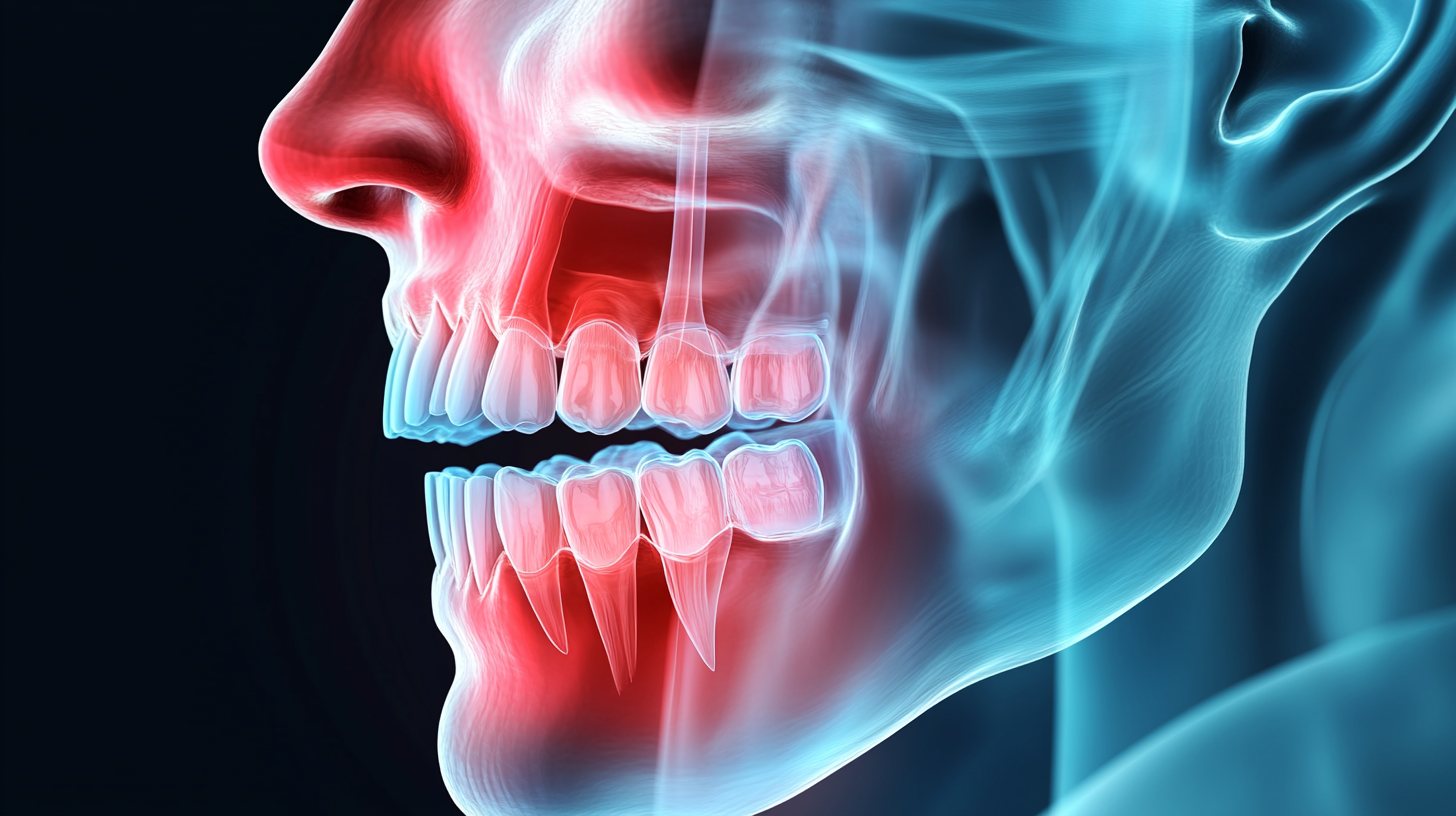
The duration of life is ultimately all about the number of breaths you take, isn’t it? Breathing is the most fundamental act of life, yet most of us go through our days without giving it a second thought. While it’s true that our bodies breathe automatically, have you ever observed the quality of your breathing? Did you know how it could impact energy levels and mental state?
Proper breathing goes beyond just inhaling and exhaling—it involves using the right techniques to ensure optimal oxygen intake and efficient functioning of our bodies. Ignoring poor breathing habits or persistent issues like shortness of breath could be a sign of underlying health concerns that need attention. By becoming more aware of how we breathe and learning ways to improve it, we can support better overall health and well-being.
In this guide, you’ll discover eight practical tips to help you breathe better and live a healthier life.
1. Address Nasal Issues
Breathing through your nose has multiple benefits: it warms, humidifies, and filters the air before it enters your lungs. However, nasal blockages or structural issues can make this difficult, leading to reliance on mouth breathing, which can dry out the mouth and allow unfiltered air to reach the lungs.
Common nasal problems include deviated septums, chronic congestion, and nasal polyps. Treatments can range from saline sprays and decongestants to more intensive solutions. If persistent issues continue despite treatments, rhinoplasty may be considered. This surgical procedure not only reshapes the nose but can also correct structural problems, allowing for better airflow and improved breathing. Consulting with a specialist is essential to determine the best course of action. They can also recommend the best plastic surgeon for rhinoplasty if that is the most effective treatment for your condition.
2. Practice Deep Breathing Exercises
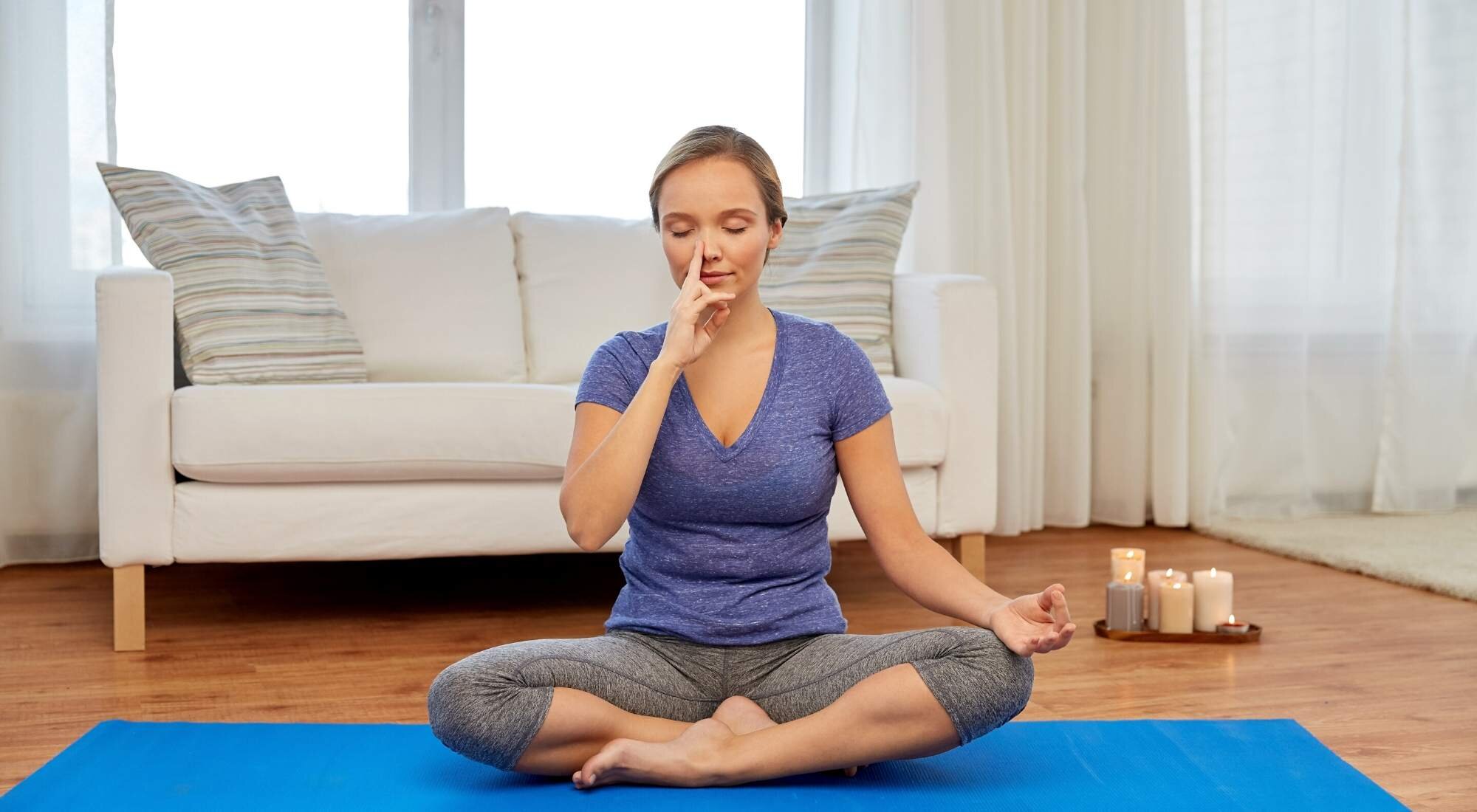
Deep breathing exercises can transform the way you breathe and improve your overall lung function. Unlike shallow chest breathing, which limits oxygen intake, deep breathing involves the diaphragm. This method helps your lungs fully expand, allowing more oxygen to enter the bloodstream and supporting better oxygen distribution throughout the body.
To practice deep breathing:
- Sit or lie in a comfortable position with one hand on your chest and the other on your abdomen.
- Next, inhale deeply (make sure you do this through your nose and not your mouth). While inhaling, allow only your abdomen to rise.
- Now, through your mouth, exhale slowly and feel your abdomen fall.
- Repeat this for 5-10 minutes daily.
Deep breathing can lower stress, improve focus, and even help alleviate symptoms of anxiety and fatigue.
3. Try Mindful Breathing Techniques
Mindful breathing is a powerful practice that helps you connect with your breath and improve your mental and physical state. The essence of mindful breathing lies in being aware of each inhale and exhale, focusing your attention on the present moment. It can reduce stress, promote relaxation, and encourage better breathing habits.
To practice mindful breathing:
- Sit comfortably in a quiet space.
- Close your eyes and take a deep breath through your nose, paying attention to the air as it fills your lungs.
- Exhale slowly through your mouth and observe the sensation.
- If your mind wanders, gently bring your focus back to your breath.
With regular practice, mindful breathing can become a go-to tool for handling stress and maintaining steady breathing.
4. Improve Your Posture
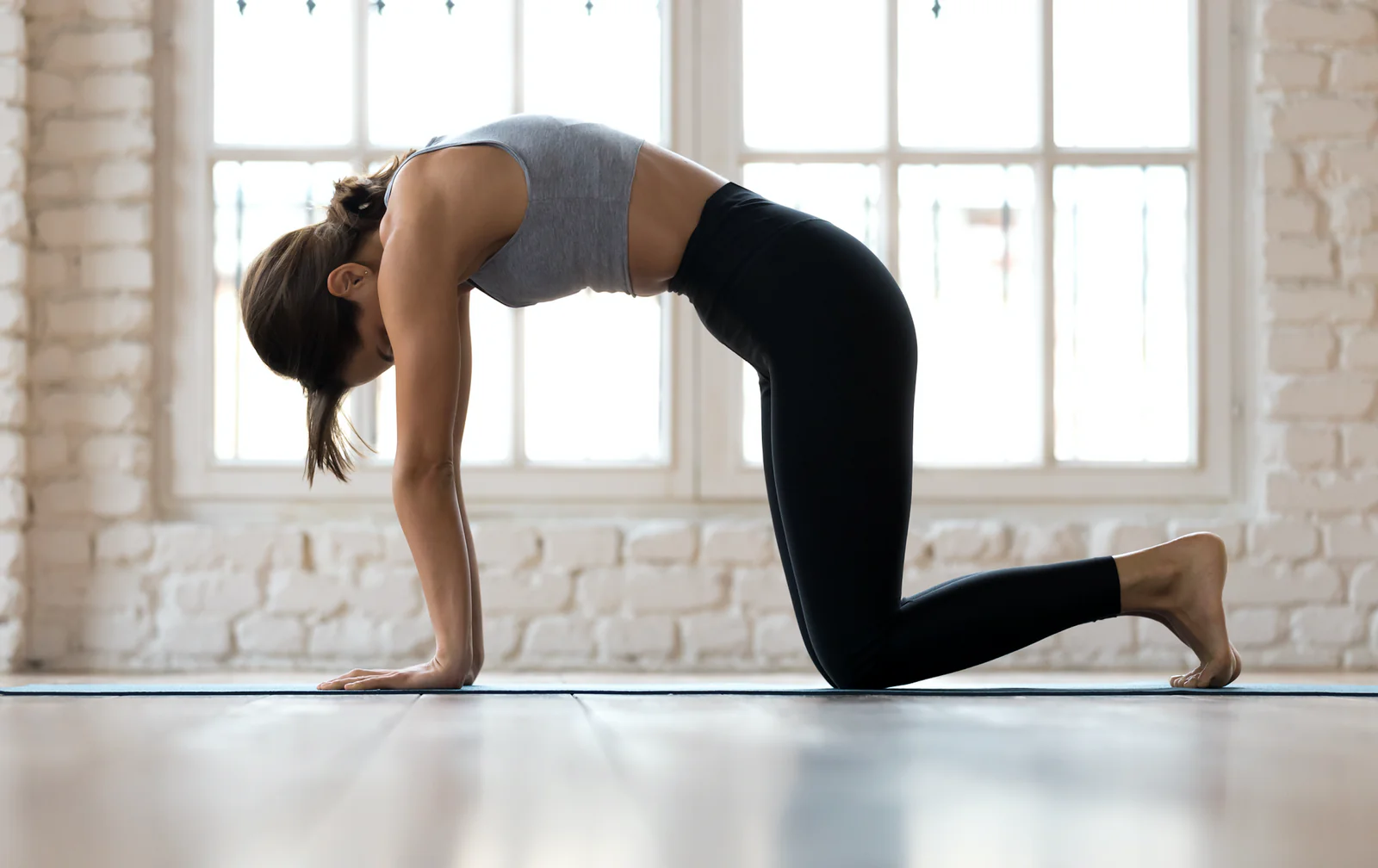
Your posture plays a crucial role in how well you breathe. Slumping or hunching over compresses the diaphragm and restricts your lung capacity, making it difficult to take full breaths. Good posture ensures that your diaphragm has enough room to move and allows for deeper and more efficient breathing.
To improve your posture:
- Stand or sit with your shoulders back and relaxed and your chest open.
- Align your ears with your shoulders to prevent your neck from tilting forward.
- When seated, keep your feet flat on the floor and avoid crossing your legs.
Regularly checking your posture, especially when working at a desk or using a smartphone, can greatly enhance your ability to breathe deeply and comfortably.
5. Avoid Breathing Through Your Mouth
Mouth breathing may seem harmless, but over time, it can lead to various issues, including dry mouth, bad breath, and disrupted sleep. It can also make you more susceptible to inhaling unfiltered air, which may trigger allergies or worsen respiratory conditions.
To promote nasal breathing:
- Practice keeping your lips closed when at rest.
- Train yourself to breathe through your nose during light physical activities.
- If nasal blockages persist, consult a doctor to find the cause and seek treatment (as mentioned earlier).
Switching to nasal breathing can enhance your body’s oxygen intake, improve lung function, and support overall health.
6. Incorporate Regular Physical Activity
Regular physical activity isn’t just necessary to keep your body moving or lose weight; it also improves breathing. Exercise strengthens your respiratory muscles, increases lung capacity, and boosts your body’s ability to use oxygen efficiently. Engaging in activities such as swimming, jogging, or yoga can enhance your breathing patterns and lung function.
Swimming, in particular, is highly effective because it encourages deep, rhythmic breathing. Yoga incorporates poses and controlled breathing techniques that train your body to manage breath flow better. Even light exercises like walking can help maintain respiratory health.
7. Keep Indoor Air Clean

The quality of the air you breathe indoors can directly impact your respiratory health. Pollutants such as dust, mold, and pet dander can irritate your airways and contribute to breathing difficulties. Keeping indoor air clean ensures that your respiratory system stays healthy.
To maintain clean indoor air, use air purifiers to filter out allergens and pollutants and keep windows open when possible to allow fresh air to circulate. Moreover, clean and vacuum regularly to minimize dust and pet dander.
Adding indoor plants can also help purify the air. Plants like spider plants, peace lilies, and snake plants can absorb pollutants and release clean oxygen, promoting better breathing in your home.
8. Seek Professional Help When Needed
While breathing exercises and lifestyle changes can help improve breathing, persistent issues should not be ignored. Chronic shortness of breath, wheezing, or a feeling of tightness in the chest could signal more severe underlying conditions such as asthma, COPD, or other respiratory illnesses.
If you experience persistent or worsening symptoms, seek medical advice from a pulmonologist or respiratory therapist. Early intervention can make a significant difference in treatment outcomes and help you regain control over your breathing.
Improving the way you breathe is an act of self-care that can transform your daily life. By paying attention to your breath, you create space for better physical health, mental clarity, and emotional balance. Embracing mindful, efficient breathing practices can help you manage stress, enhance relaxation, and foster a deeper connection to yourself. Start incorporating these simple practices today, and notice how a focus on your breath can lead to a more energized and harmonious life.

































